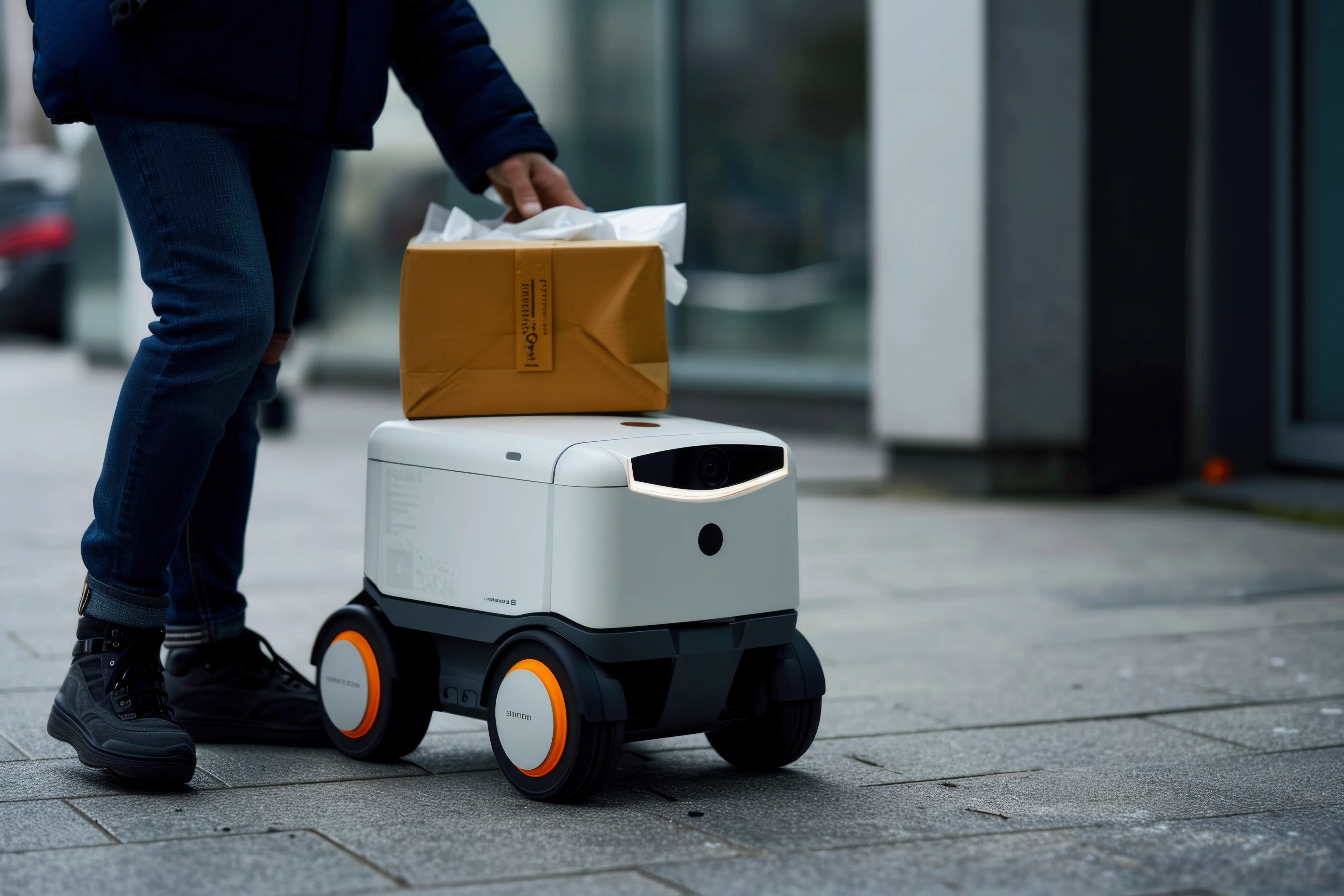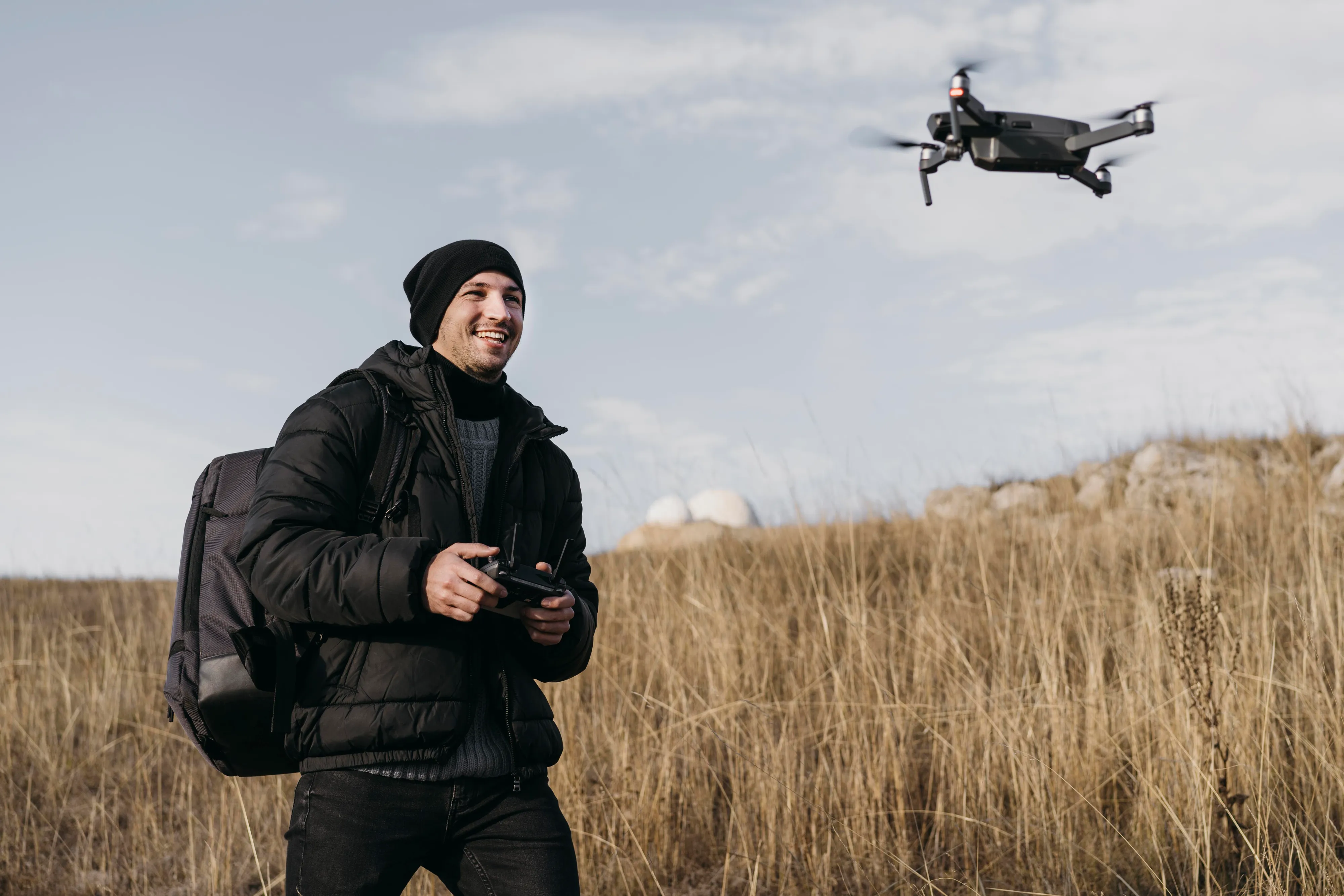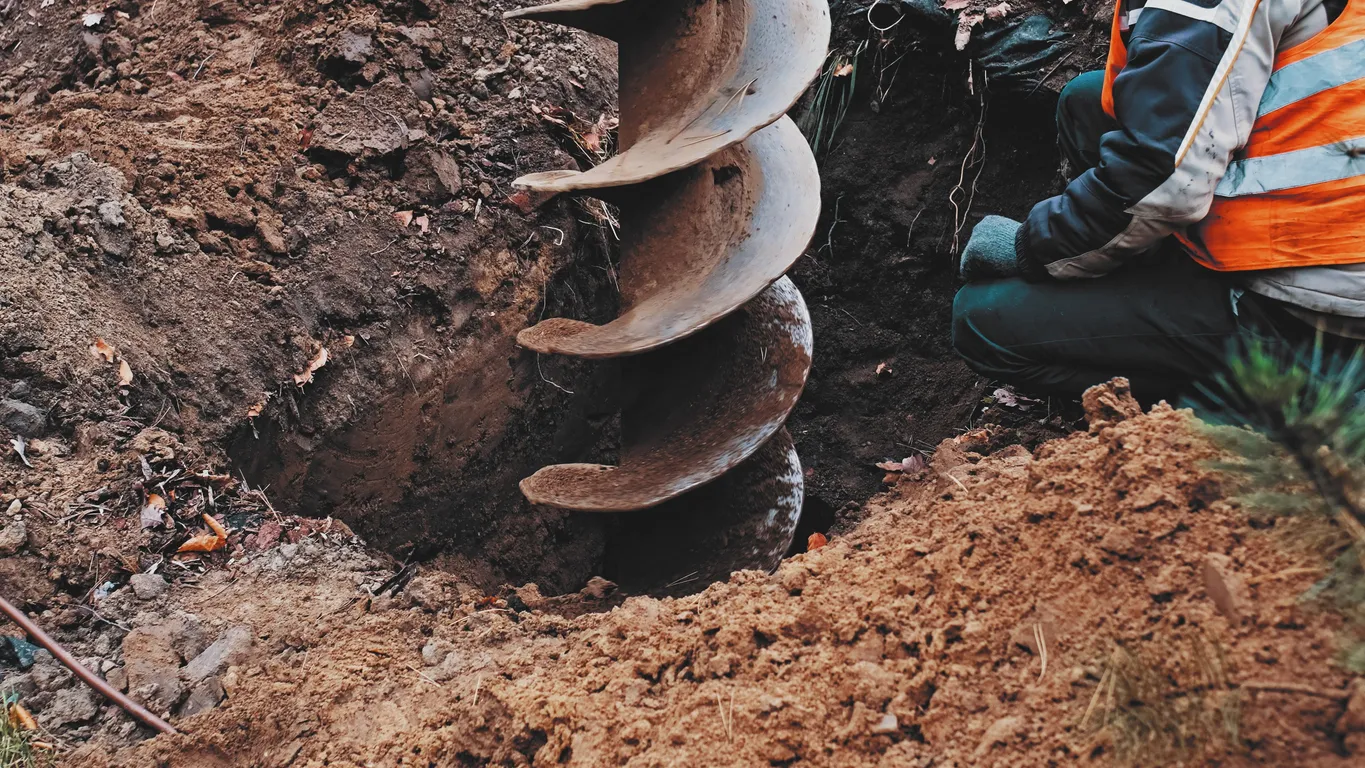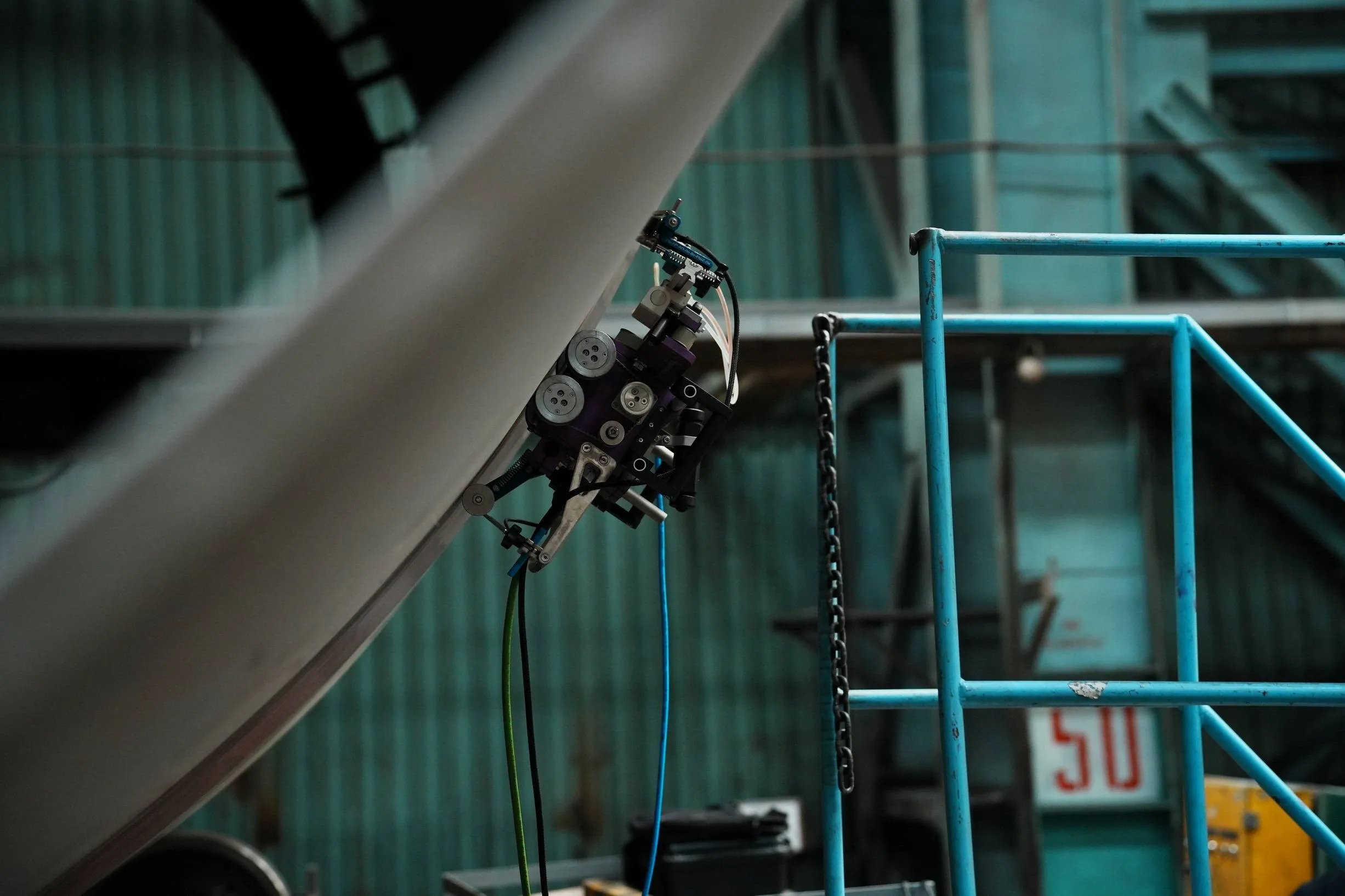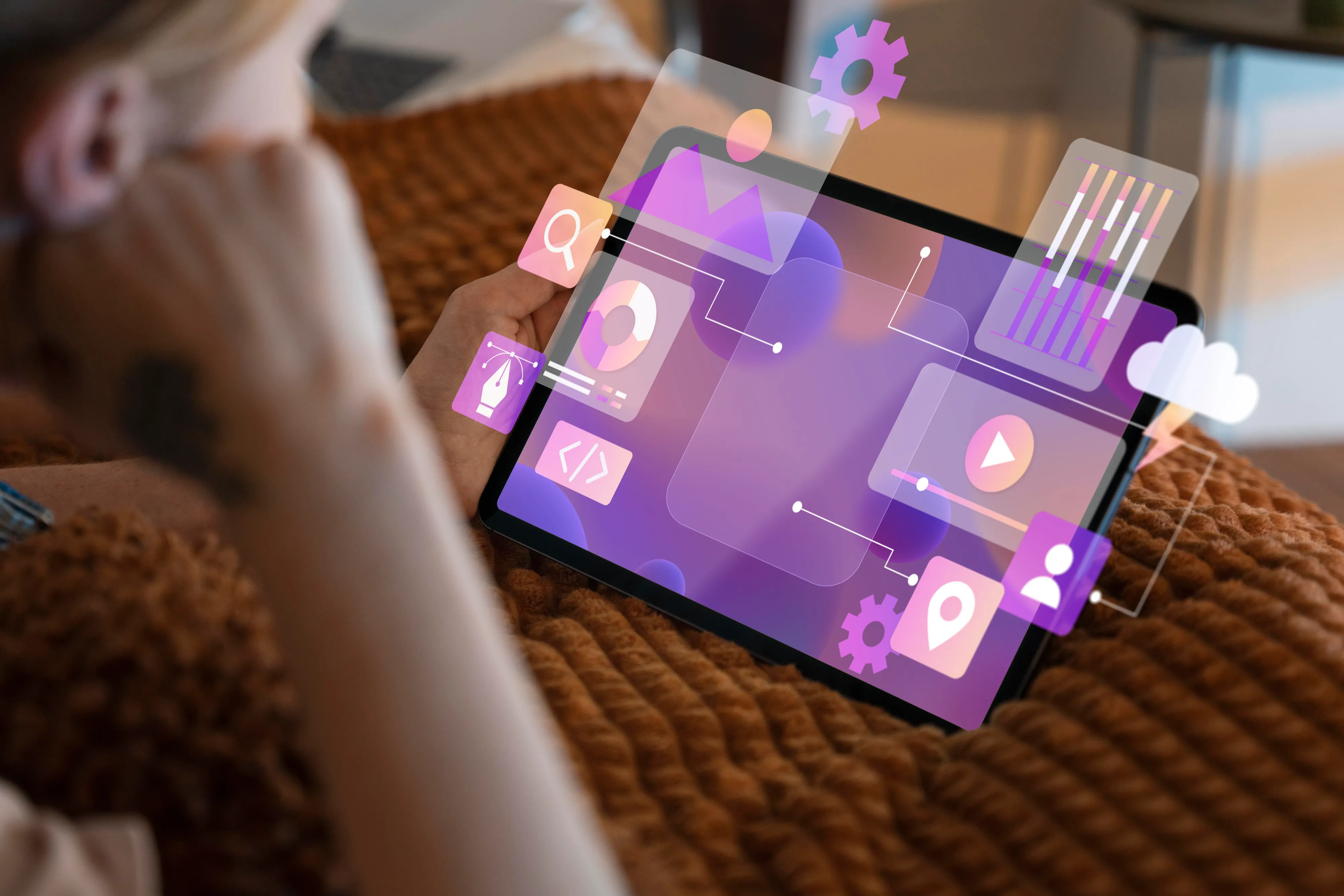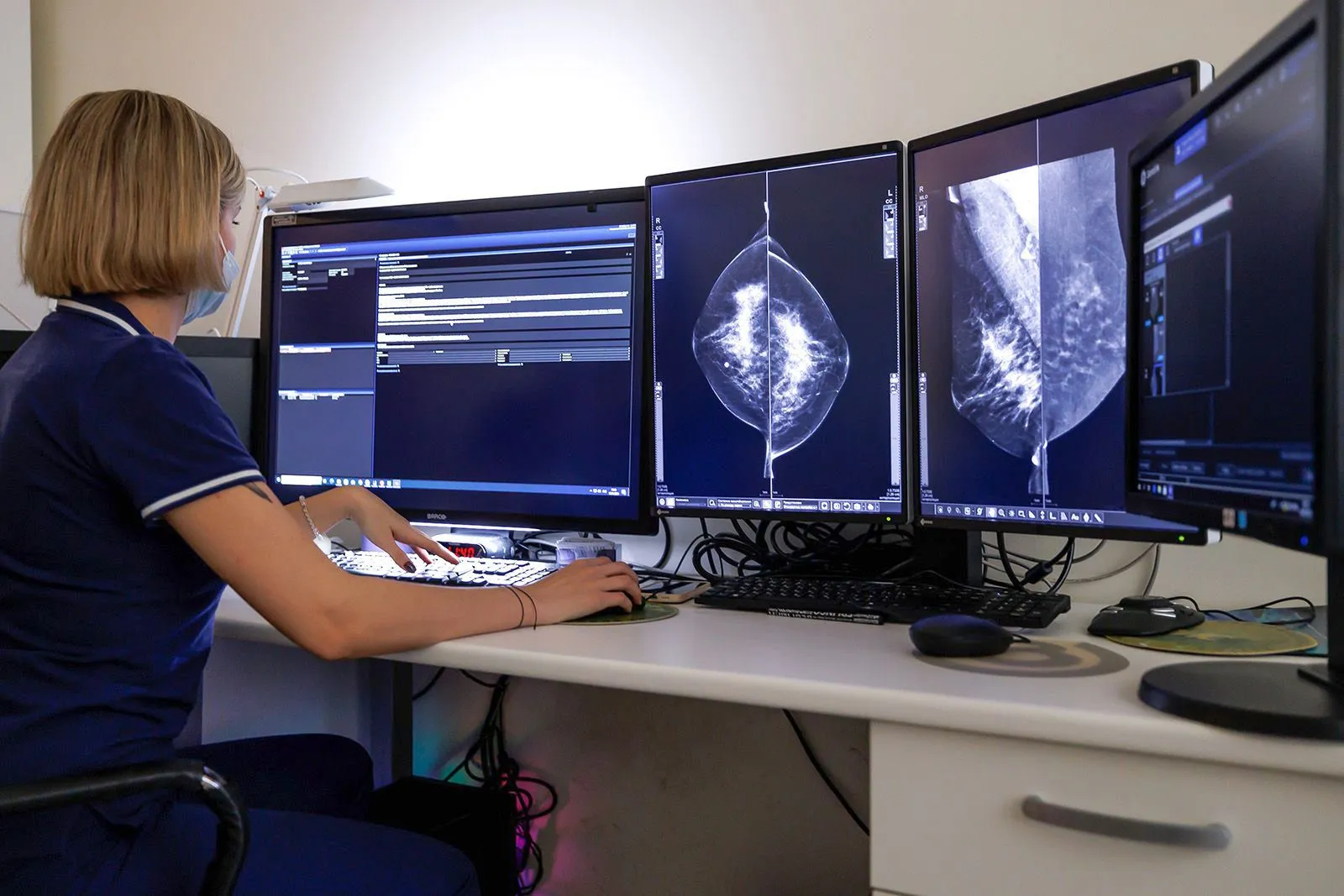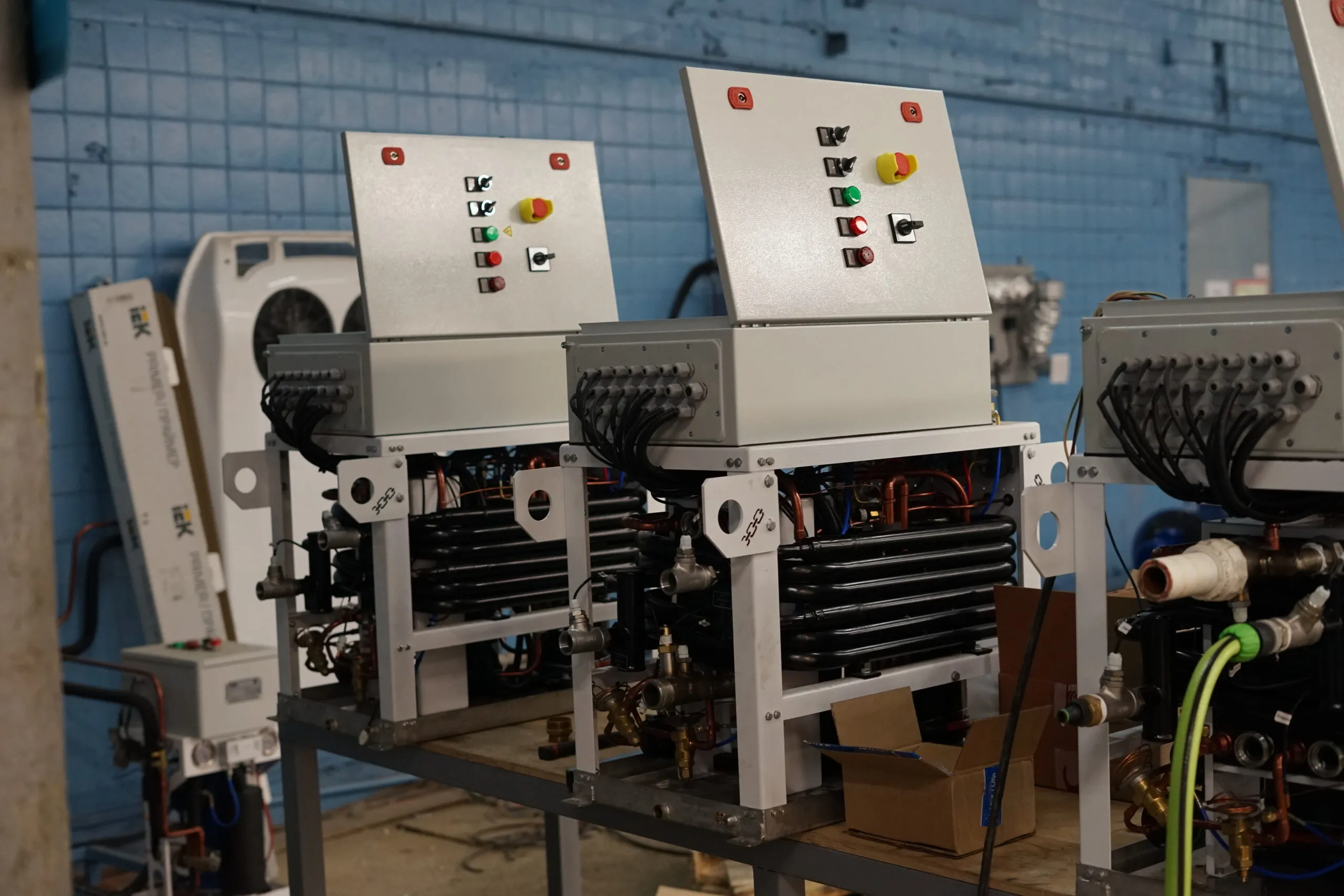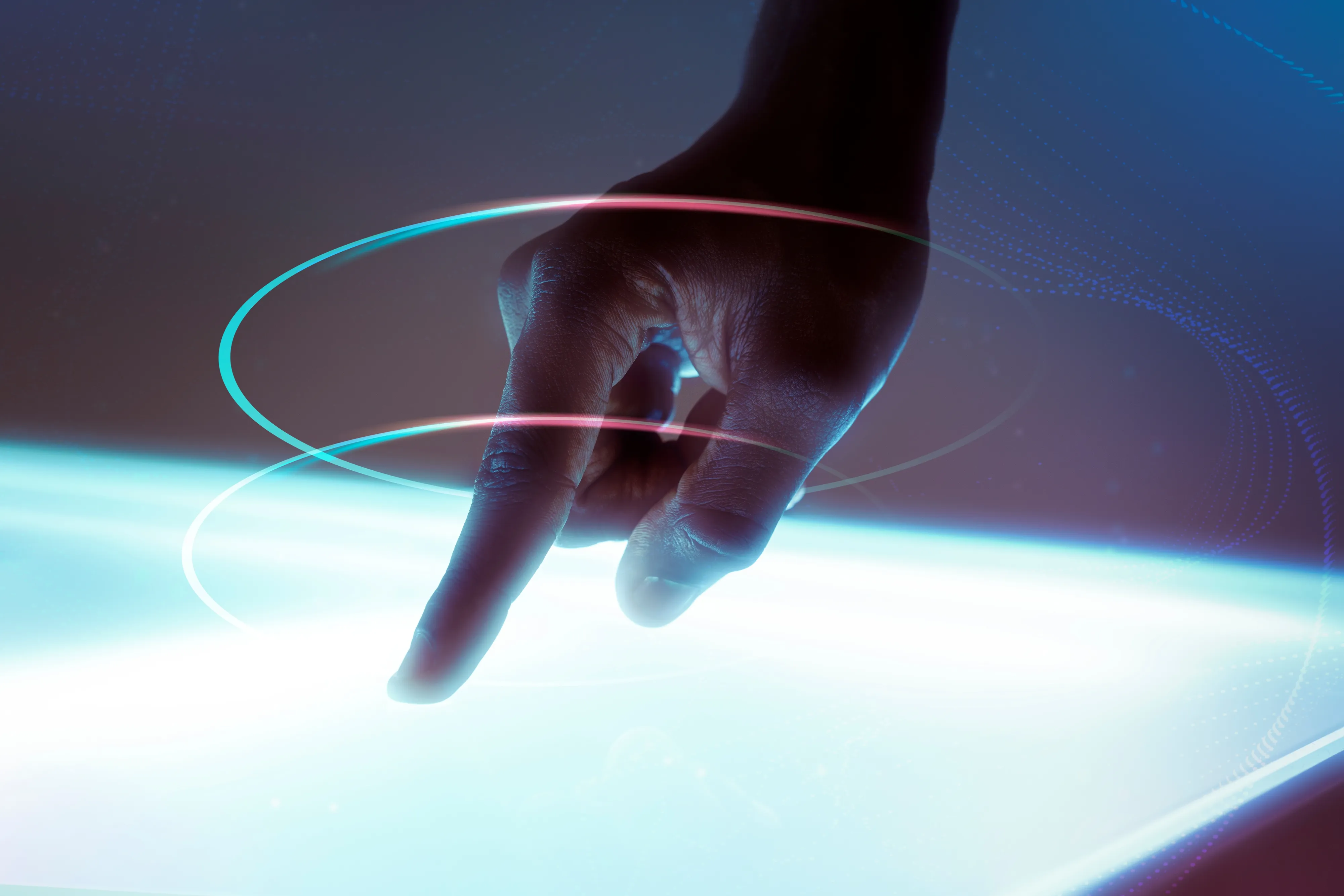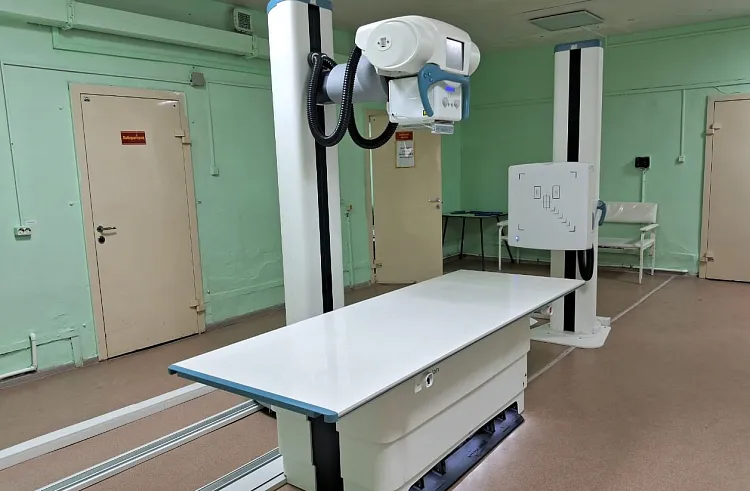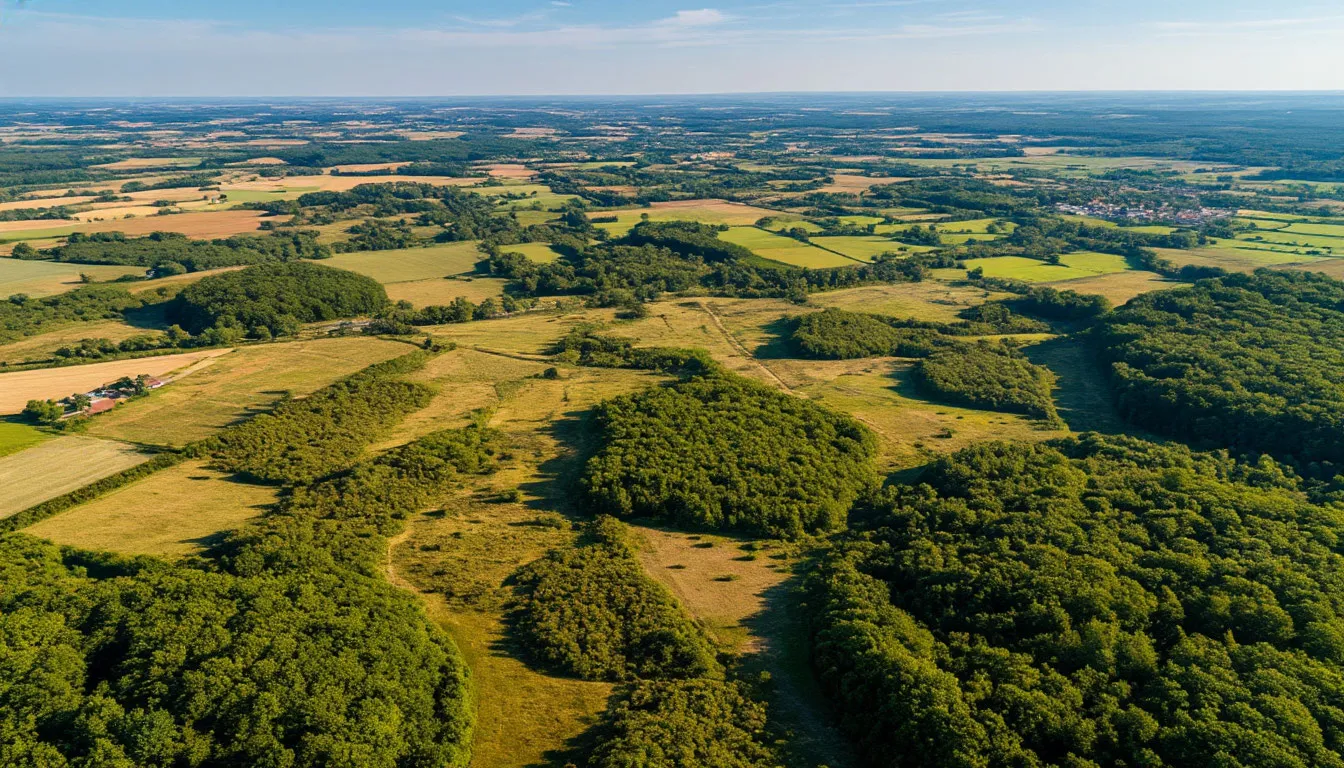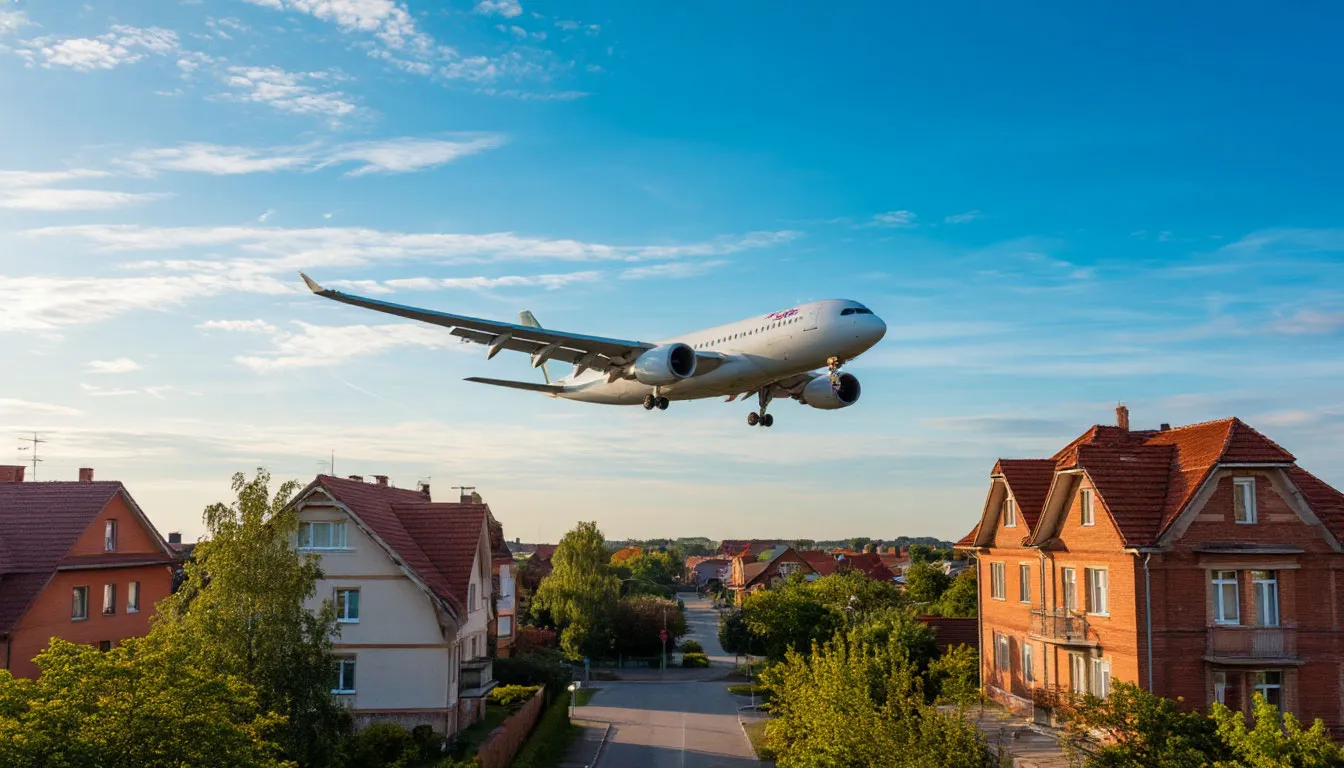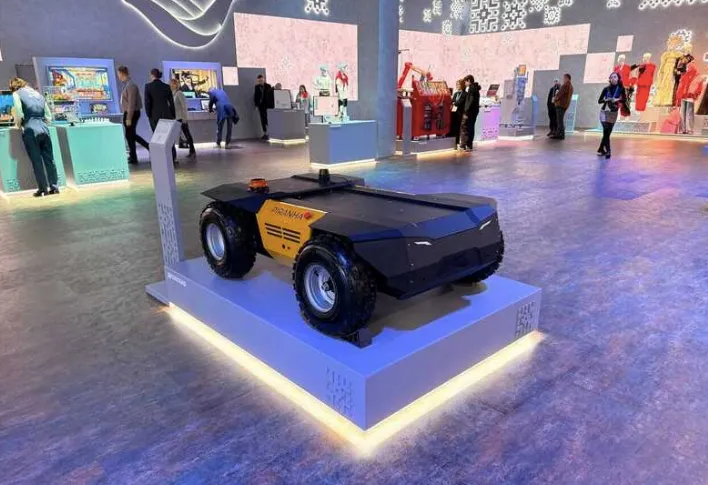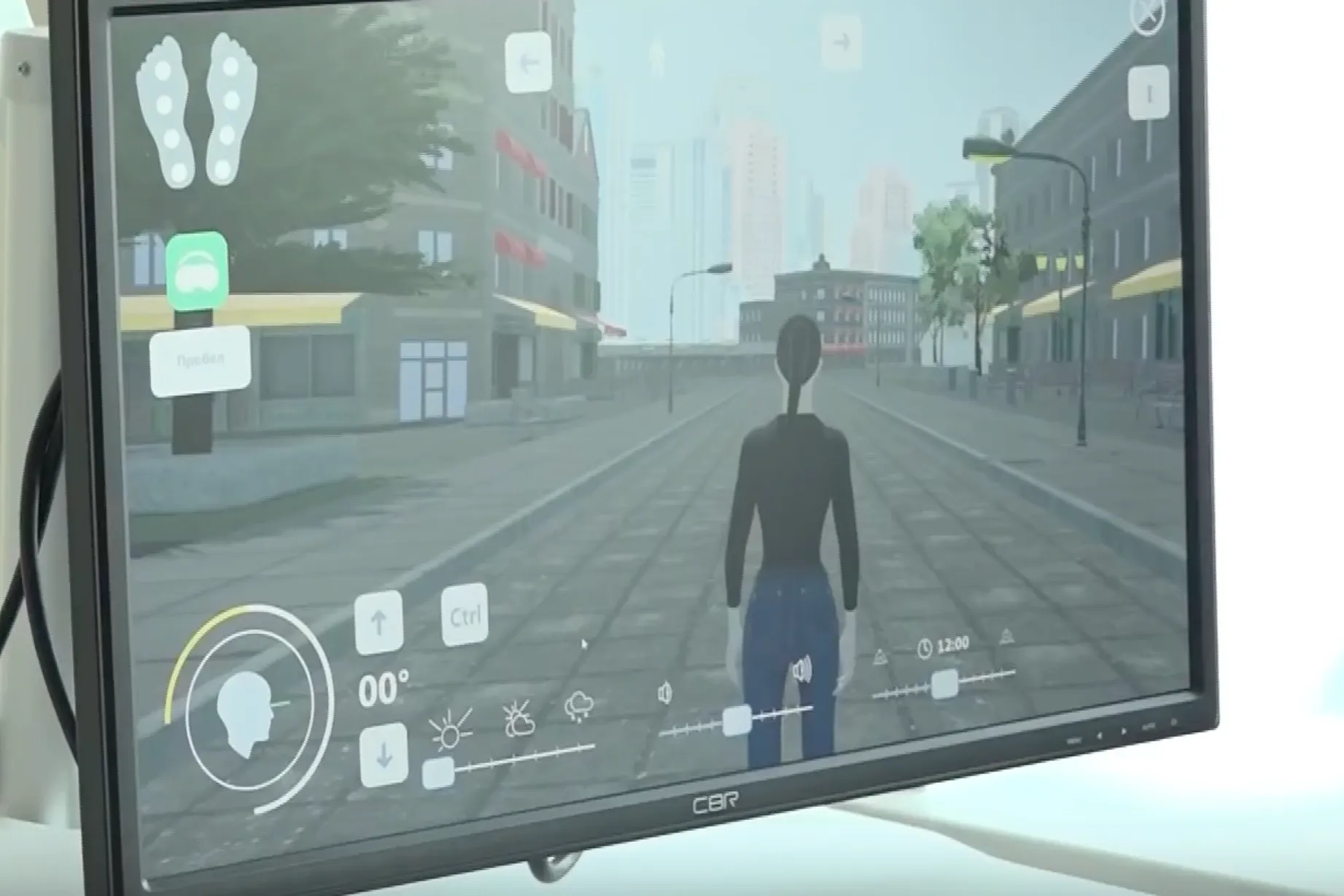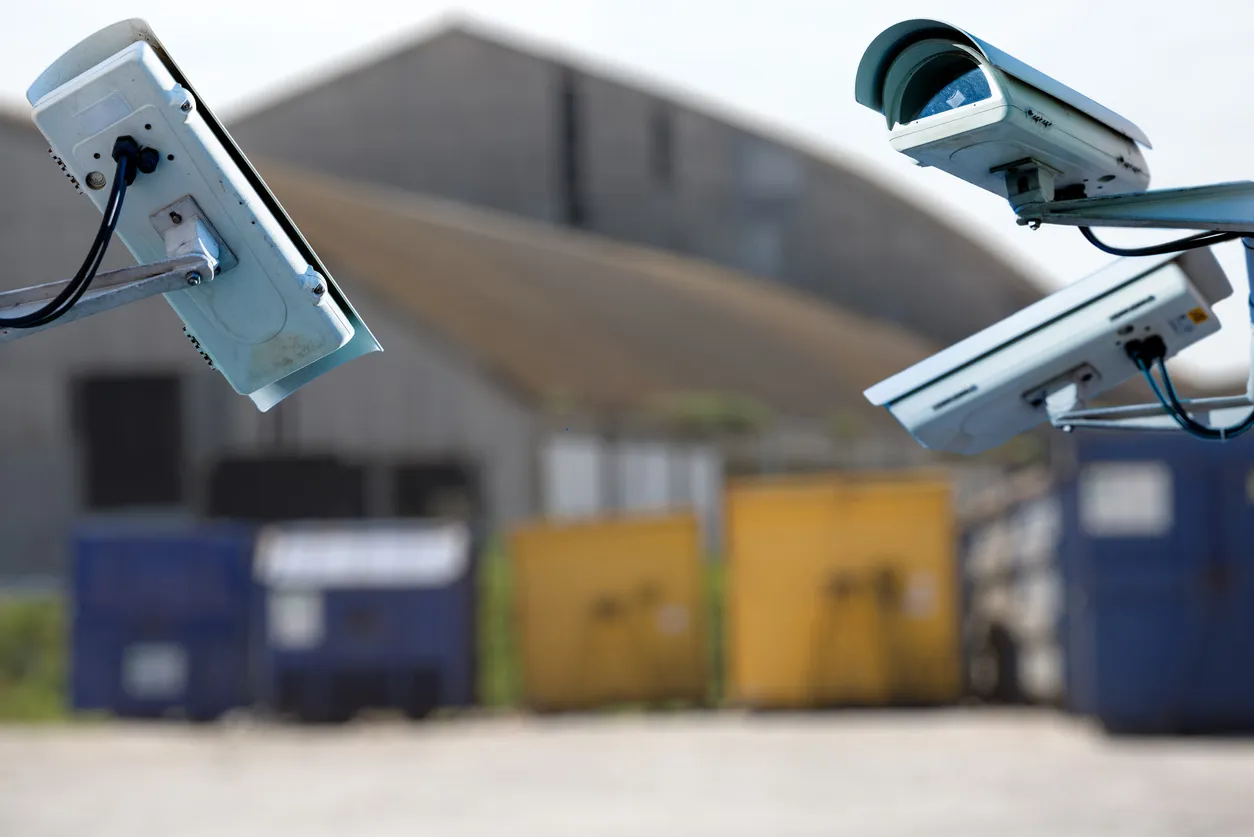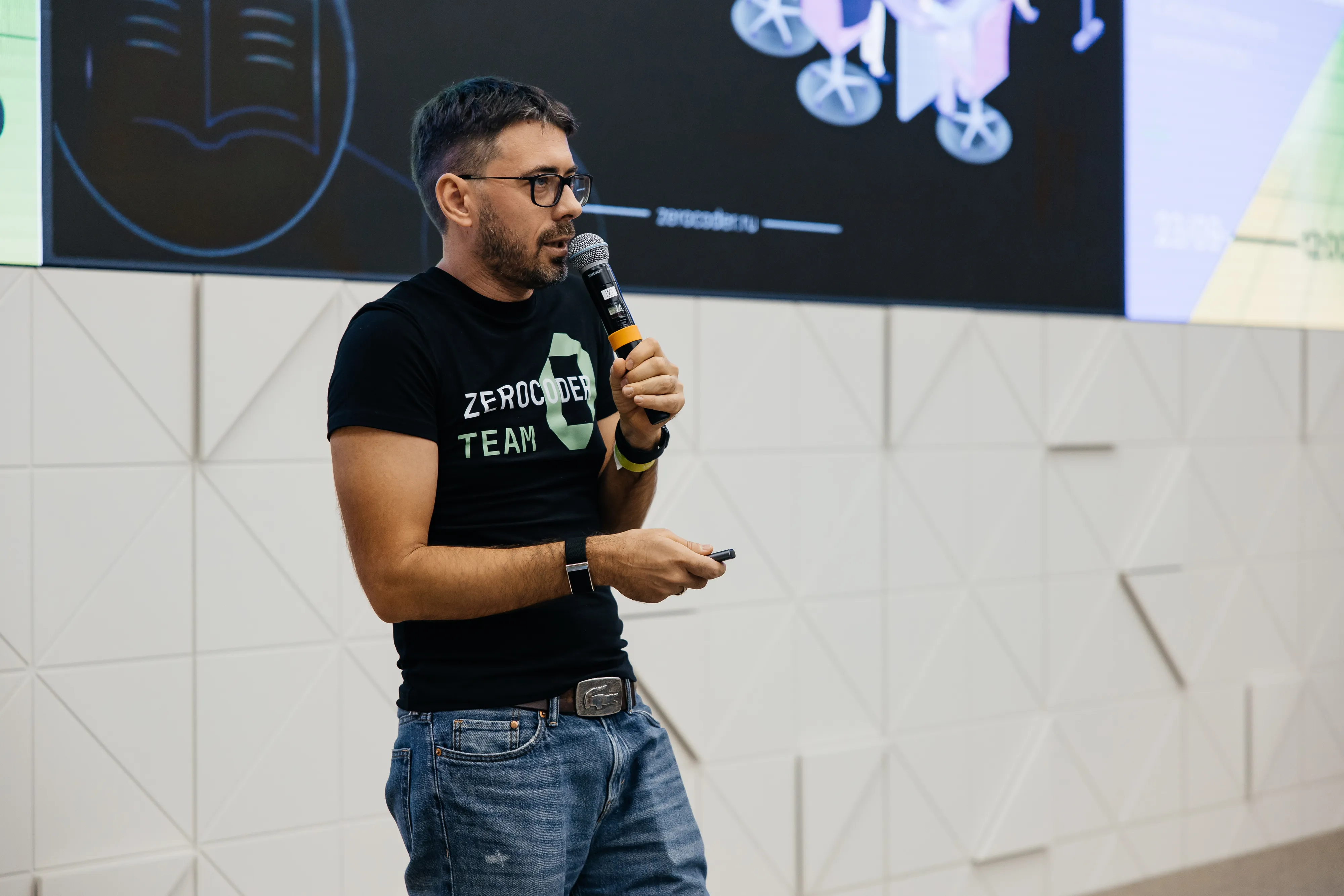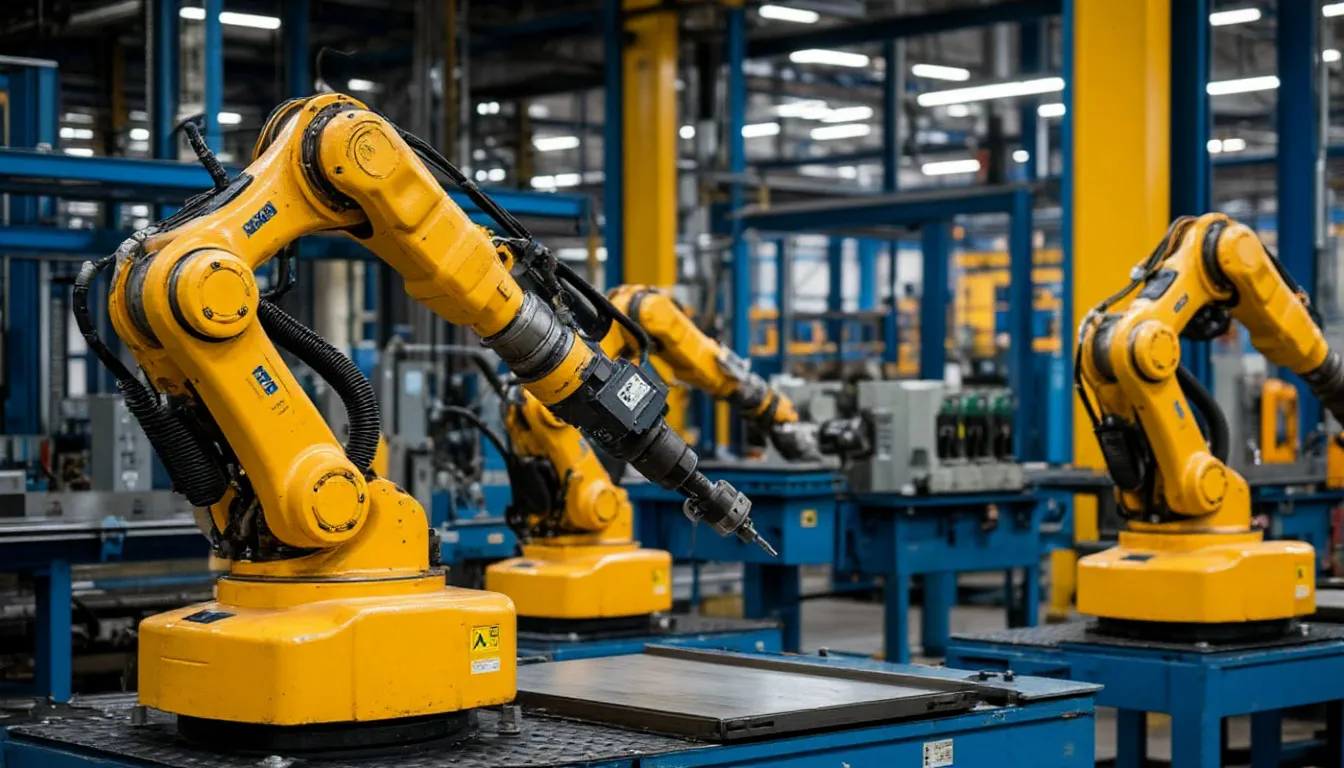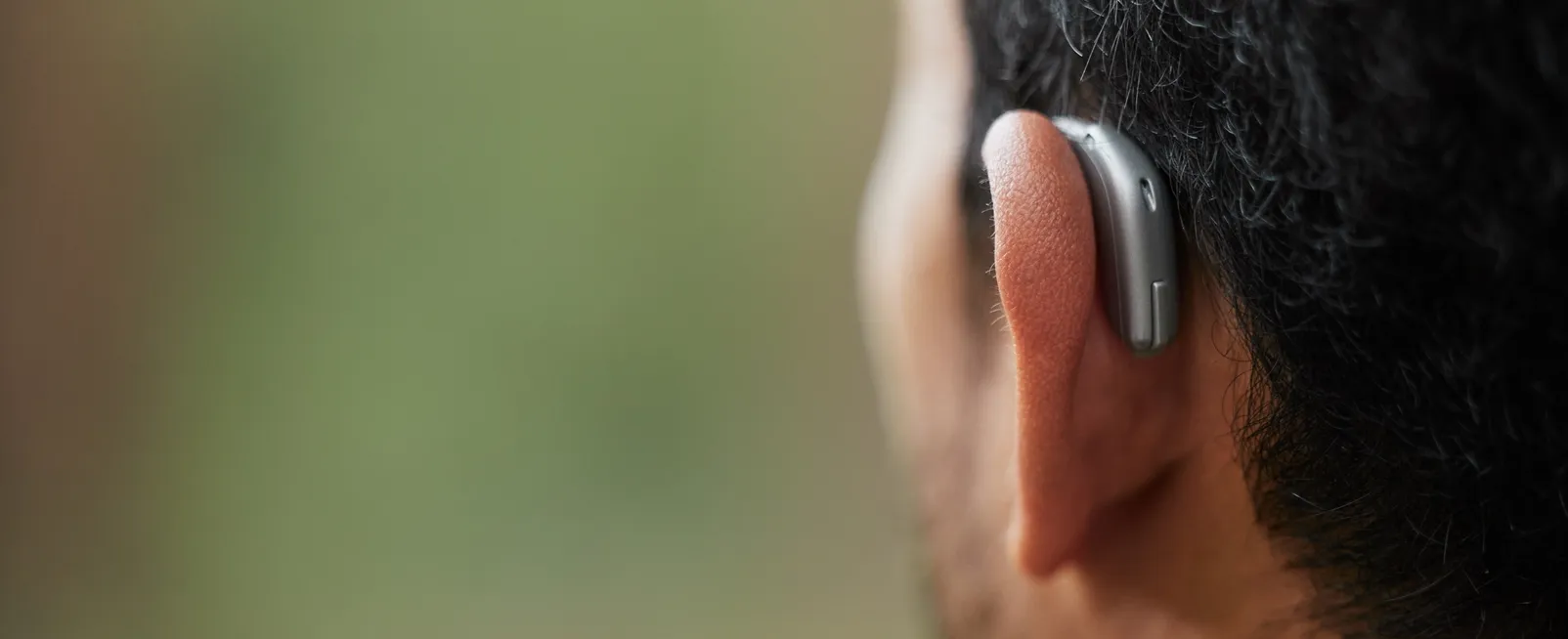Russian Scientists Teach AI to Detect Tiny Details on Images
The new QiGSAN neural network can identify objects just a few pixels wide—pushing the limits of computer vision.
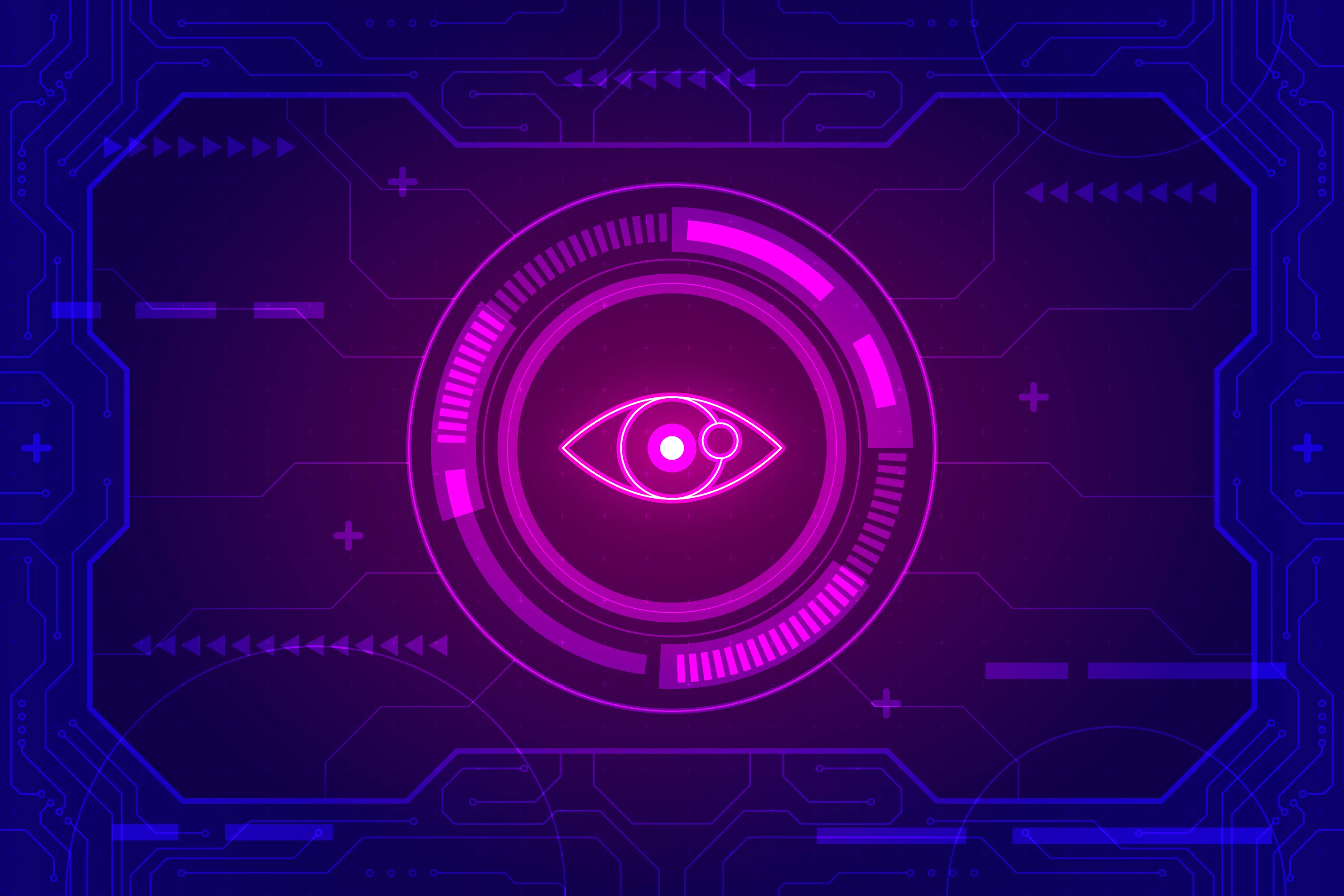
Researchers from Moscow State University’s School of Brain, Cognitive Systems, and Artificial Intelligence and the Russian Academy of Sciences’ Institute of Informatics and Control have developed a groundbreaking neural architecture called QiGSAN. The system tackles one of the hardest problems in computer vision: recognizing very small objects within large, high-resolution images.
For example, satellites often capture vast areas where critical details—like vehicles, buildings, or equipment—appear as just a few pixels. Most existing recognition algorithms miss these micro-objects.
Smarter AI for tougher conditions
QiGSAN, short for Quadtree-informed Graph Self-Attention Network, introduces a new probabilistic approach to handle uncertainty and analyze connections between image regions at different levels of detail. The team also provided mathematical proof of its accuracy.
Beyond remote sensing, QiGSAN could transform other sectors. The system can be adapted for medical imaging to detect subtle pathologies, industrial inspection to find tiny defects on production lines, and autonomous transport to recognize pedestrians or road objects under difficult conditions.
By teaching AI to “see the unseen,” Russian scientists are pushing computer vision toward applications where precision truly matters—from orbit to the operating room.


